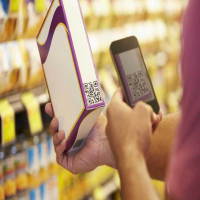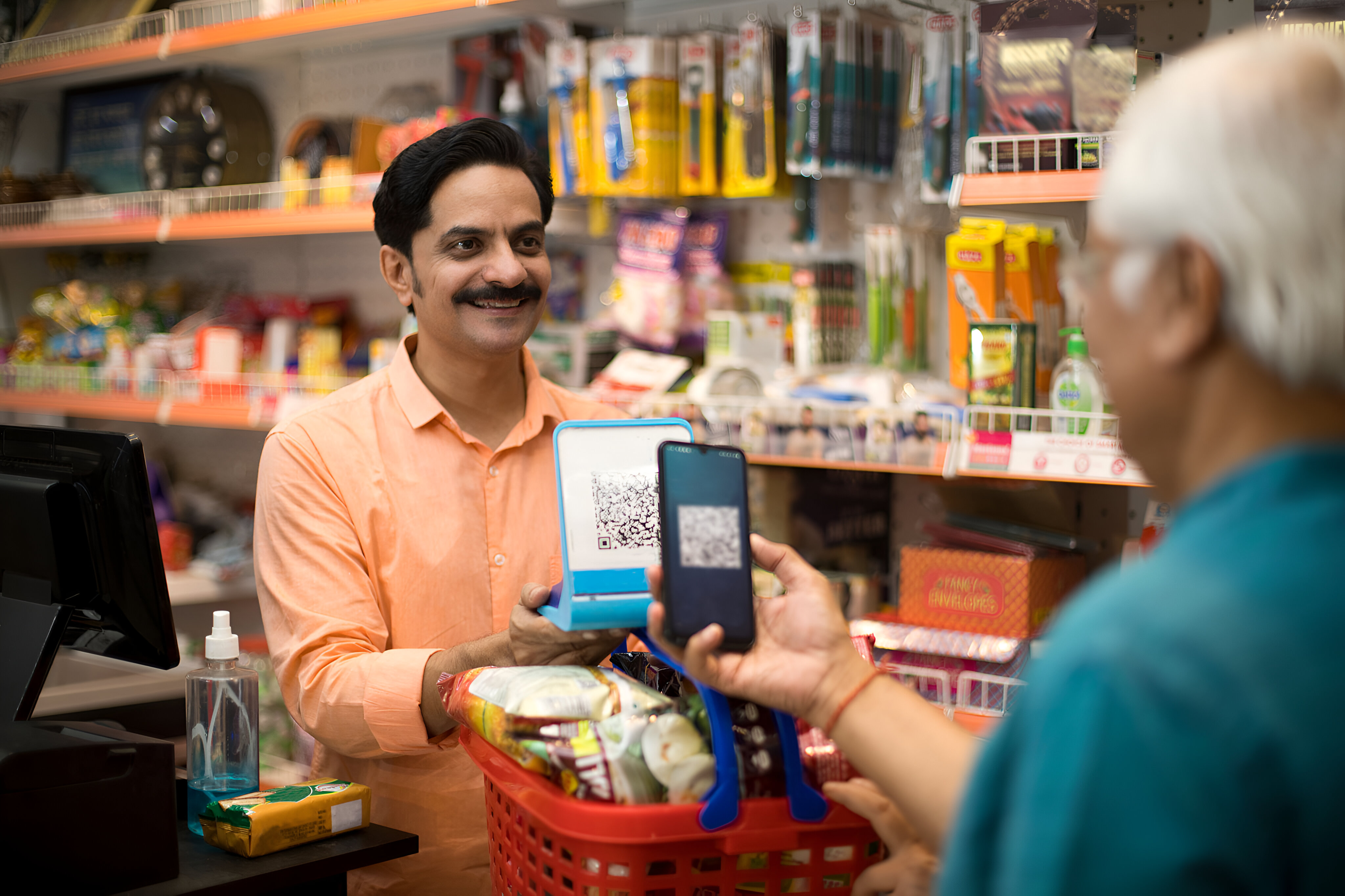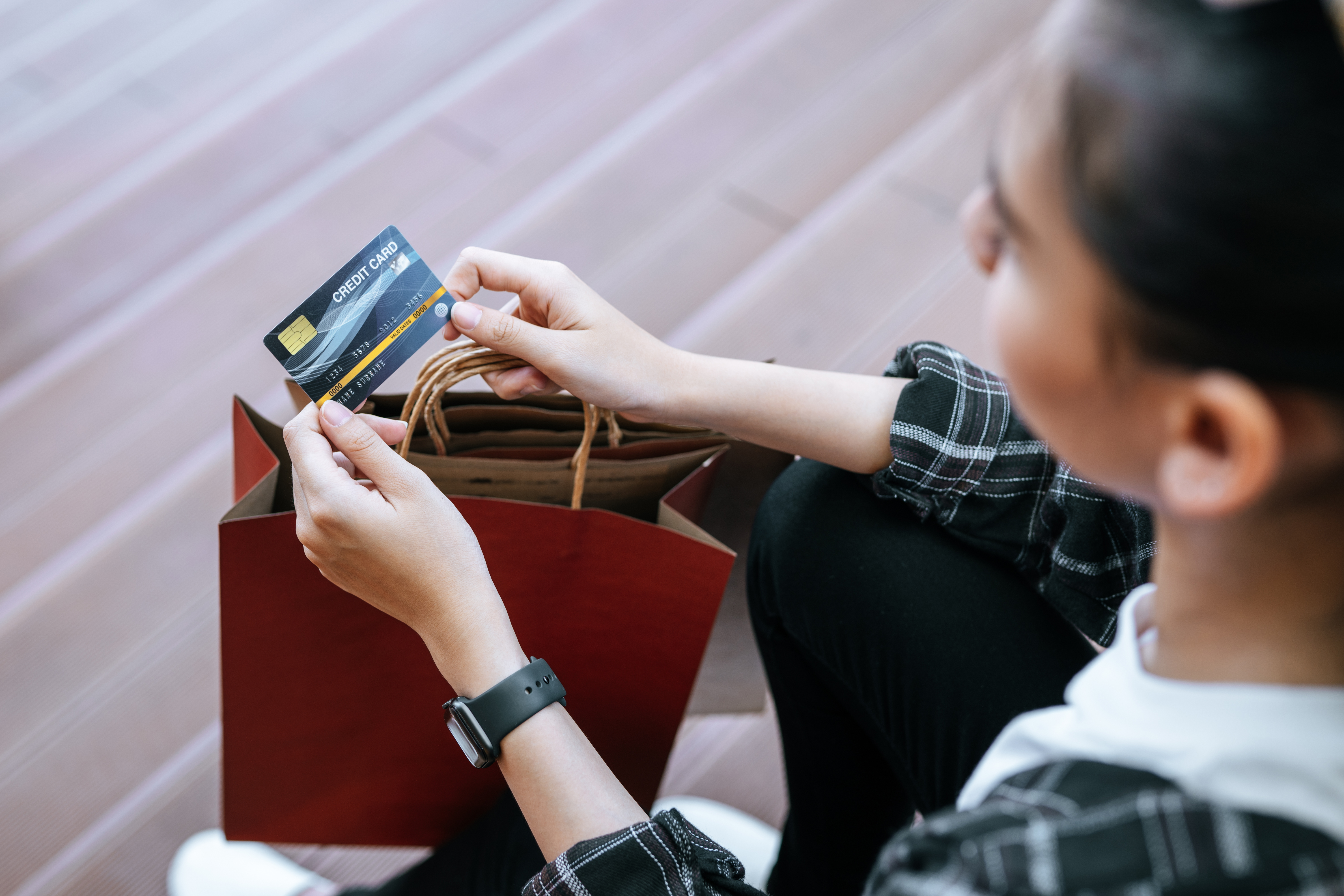Protect Your Products: How Anti-Counterfeit Solutions Stop Fake Goods

Strong 8k brings an ultra-HD IPTV experience to your living room and your pocket.
Counterfeit goods have become a global issue, costing businesses billions of dollars every year. As these fake products flood markets, they not only harm businesses but also put consumers at risk. This is where an anti-counterfeit solution can play a critical role in protecting your products, your brand, and your customers.
Understanding Anti-Counterfeit Solutions
An anti-counterfeit solution is designed to prevent fake goods from entering the supply chain. These solutions involve a mix of technology, security features, and tracking systems to verify the authenticity of products. With the rise of e-commerce and global trade, businesses now need robust methods to ensure their products are genuine and reach customers safely.
How Do Anti-Counterfeit Solutions Work?
Anti-counterfeit solutions rely on advanced technology to safeguard products. Here are some common methods:
- QR Codes and Digital Tags: These allow consumers and retailers to scan and confirm product authenticity instantly.
- Holograms: Specially designed holographic labels make it hard for counterfeiters to duplicate products.
- Blockchain Technology: By creating an immutable record of transactions, blockchain ensures transparency and traceability in the supply chain.
- Serial Numbers: Unique identifiers for every product help track its journey from manufacturing to sale.
Each of these methods ensures that fake goods can be quickly identified and removed from the market.
Why Are Anti-Counterfeit Solutions Important?
1. Protecting Your Brand Reputation
Fake products can damage your brand’s credibility. When customers receive counterfeit goods, they may lose trust in your business, even if you’re not at fault. An anti-counterfeit solution protects your reputation by ensuring only genuine products reach your customers.
2. Ensuring Customer Safety
Counterfeit goods, especially in industries like pharmaceuticals and food, can be dangerous. Anti-counterfeit measures help ensure that customers get safe, high-quality products.
3. Reducing Financial Loss
Fake goods lead to direct revenue loss. By implementing anti-counterfeit solutions, businesses can secure their profits and minimize economic damage.
4. Staying Compliant with Regulations
Many industries now require businesses to follow strict anti-counterfeit laws. Using the right solutions helps companies meet legal standards and avoid penalties.
Steps to Implement Anti-Counterfeit Solutions
- Identify the Threat: Analyze which products or markets are most vulnerable to counterfeiters.
- Choose the Right Technology: Decide on the most suitable anti-counterfeit solution, such as digital tags or blockchain.
- Educate Your Team: Train employees and partners to recognize and handle counterfeit threats effectively.
- Engage Your Customers: Teach customers how to verify product authenticity using the tools provided, such as QR codes.
Emerging Trends in Anti-Counterfeit Solutions
The world of anti-counterfeit solutions is evolving rapidly as technology advances. Businesses are adopting more sophisticated methods to stay ahead of counterfeiters. Here are some key trends shaping the future of anti-counterfeiting:
1. Artificial Intelligence (AI) in Detection
AI-powered tools are becoming integral in identifying fake goods. These systems analyze patterns, detect anomalies, and predict counterfeit risks based on data. For example, AI can flag unusual sales patterns that might indicate the presence of counterfeit items in the supply chain.
2. Internet of Things (IoT) Integration
IoT devices are revolutionizing product tracking. By embedding smart sensors in products, businesses can monitor their movement in real time, ensuring authenticity and security at every step of the supply chain.
3. Biometric Authentication
Biometric solutions, like fingerprint or facial recognition, are gaining popularity in anti-counterfeit applications. These are particularly useful in industries like luxury goods and pharmaceuticals, where authentication needs to be highly secure.
4. Eco-Friendly Solutions
Sustainability is now a priority for many businesses. Anti-counterfeit technologies are increasingly being designed to be environmentally friendly, such as biodegradable tags and QR codes that reduce plastic waste.
Industries Benefiting from Anti-Counterfeit Solutions
While every industry can benefit, some sectors are especially vulnerable to counterfeit goods:
1. Pharmaceuticals
Counterfeit medicines pose serious risks to public health. Anti-counterfeit solutions like blockchain and serialization ensure the safety and authenticity of drugs.
2. Luxury Goods
Fake designer bags, watches, and clothing are rampant in the market. Holograms and digital verification methods help maintain the exclusivity of luxury brands.
3. Food and Beverages
Consumers expect their food to be safe and authentic. Anti-counterfeit measures like tamper-proof packaging and traceability systems are crucial in this industry.
4. Electronics
From smartphones to computer parts, counterfeit electronics can lead to major safety and performance issues. Anti-counterfeit technologies ensure customers receive genuine, high-quality devices.
The Role of Consumer Awareness
While businesses invest heavily in anti-counterfeit solutions, consumers also play a vital role in combating fake goods. Here’s how you can empower your customers:
- Educate Them: Provide clear instructions on how to verify products using anti-counterfeit features like QR codes or serial numbers.
- Raise Awareness: Use marketing campaigns to highlight the dangers of counterfeit goods and the measures your company takes to ensure authenticity.
- Incentivize Verification: Offer rewards or discounts to customers who authenticate their purchases through your systems.
By involving customers in the fight against counterfeiting, you build trust and encourage loyalty to your brand.
Challenges in Implementing Anti-Counterfeit Solutions
Despite their benefits, anti-counterfeit measures can face certain challenges:
- Cost: Advanced technologies like blockchain or AI may require significant investment, which can be challenging for small businesses.
- Complexity: Implementing and managing these solutions may need specialized skills and training.
- Adaptability: Counterfeiters are constantly evolving their tactics, requiring businesses to continuously upgrade their systems.
Final Thoughts
The battle against counterfeit goods is ongoing, but with the right anti-counterfeit solution, businesses can stay one step ahead. As technology advances, companies must adopt innovative methods to protect their products and maintain customer trust.
Whether it’s through digital tags, blockchain, or customer education, the key lies in taking proactive measures. The cost of not acting is far greater than the investment required to safeguard your brand.
Note: IndiBlogHub features both user-submitted and editorial content. We do not verify third-party contributions. Read our Disclaimer and Privacy Policyfor details.







